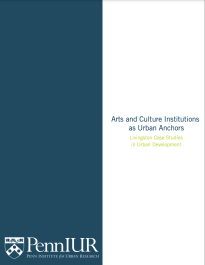Key Message
Arts and culture institutions contribute substantially to urban development by providing economic benefits, fostering community identity, and enhancing the cultural fabric of cities. These institutions attract visitors, generate employment opportunities, and stimulate local economies by increasing foot traffic and encouraging investment in surrounding areas. Furthermore, they play a crucial role in community engagement by offering educational programs, hosting public events, and serving as gathering spaces for diverse populations. The success of arts and culture institutions as urban anchors depends on effective collaboration among public, private, and community stakeholders. Policies that support funding, accessibility, and inclusive programming are essential to ensure these institutions thrive and continue to benefit their urban environments. By recognizing and leveraging the unique strengths of arts and culture institutions, cities can foster vibrant, sustainable, and equitable communities.


